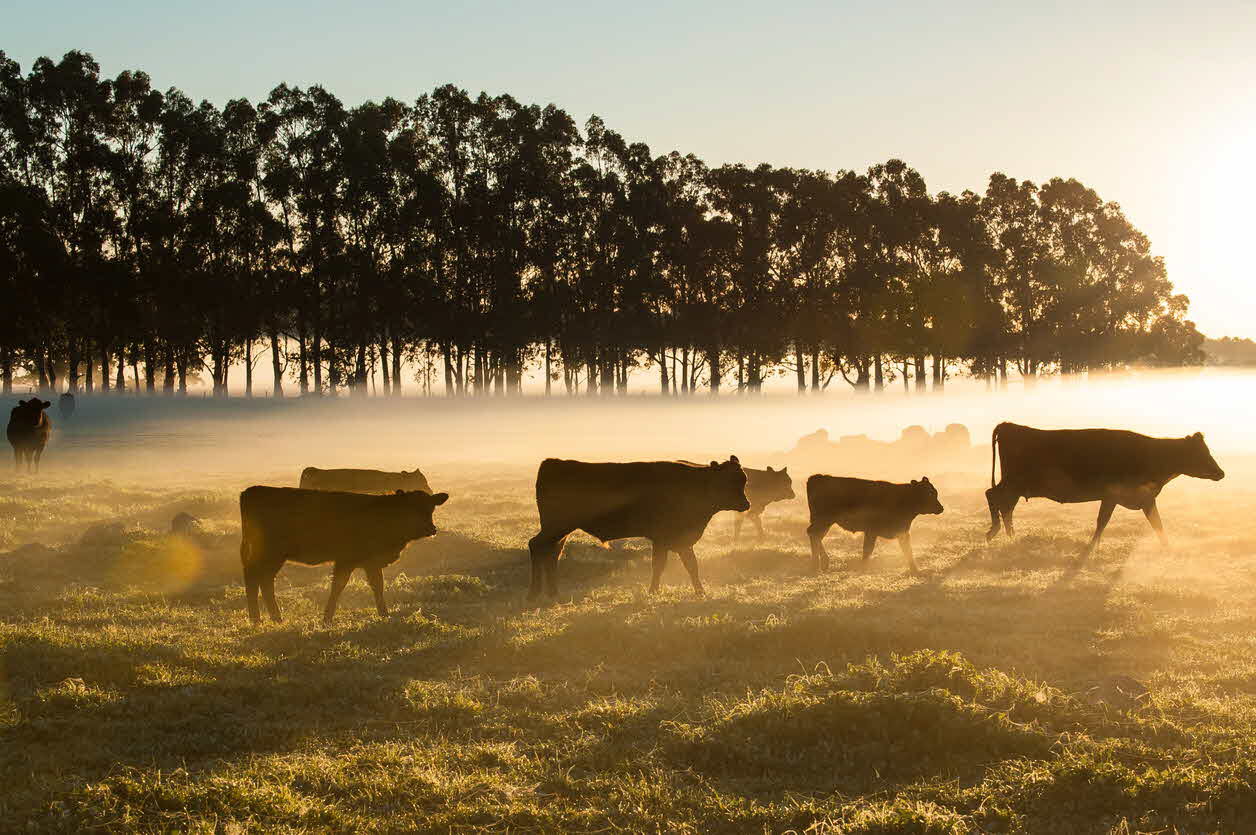The need for veterinary services in rural Australia

Some rural and regional areas in Australia have been finding it difficult to secure veterinary services for the animals in their communities. This means that current rural veterinarians work longer hours, travel long distances and do more overtime.
In some cases, there is not enough demand to support a sustainable veterinary business.
This can be the case for other professions as well – many rural and regional areas find it difficult to attract and retain medical, dental and other professionals in their communities.
Frawley Report
The Frawley Report of 2003 was specifically concerned with the demand for rural veterinary services in Australia.
The report found that there was no crisis in the availability of veterinarians. However, it noted that rural veterinarians contend with rising costs, a reluctance of producers to utilise their services, long hours, limited social opportunities and schooling for their families.
These factors all impact on the willingness of veterinarians to live in rural areas, therefore creating shortages. This could lead to a chronic shortage of production animal veterinarians.
How many veterinarians do we need?
One strategy has been to increase the number of veterinary graduates by opening new veterinary schools and changing the entry criteria to promote the profession to school leavers from rural areas.
In the past 10 years, the number of Australian universities offering veterinary courses has risen from four to seven and they now collectively graduate an estimated 500-550 students a year.
Working in rural areas and with livestock is a component of all veterinary degrees. Some veterinary schools have campuses located in regional locations such as Dookie (VIC), Wagga Wagga (NSW), Townsville (QLD), Roseworthy (SA), which provide veterinary science students with exposure to rural practice.
The AVA’s workforce review report of 2013 concluded that despite predictions of an oversupply of veterinarians, rural mixed and production-animal practices were under-serviced.
With pay rates higher in the city and the variation in lifestyle, many veterinarians choose to work in a city practice. Movement away from rural practice is a worldwide problem, mainly driven by the reluctance of primary producers to pay the same for veterinary services as city people with companion animals.
Strong rural workforce
The Australian Veterinary Association (AVA) strongly supports the need for a viable rural veterinary workforce that meets the needs of Australia’s primary producers. This means helping to create sustainable veterinary businesses in all areas of the country.
It is also vital to maintain the highest levels of food safety and food security for the Australian population and is critical to satisfy our overseas trading partners of a safe, high quality disease-free product.
Through research and its members, the AVA continually works to understand Australia's future needs for veterinary services and the current status of the veterinary workforce.
